We concluded the 2021 harvest on Friday 1st October. It is always with prudence that we use certain words but we can say that 2021 was a great vintage. 2021 is one of those years in which everything went well in our vineyards. Obviously, I’m speaking for our reality, I know that there have been problems elsewhere. Recall that Italy has an incredible variability of climates and micro-climates. Any general consideration is always wrong.
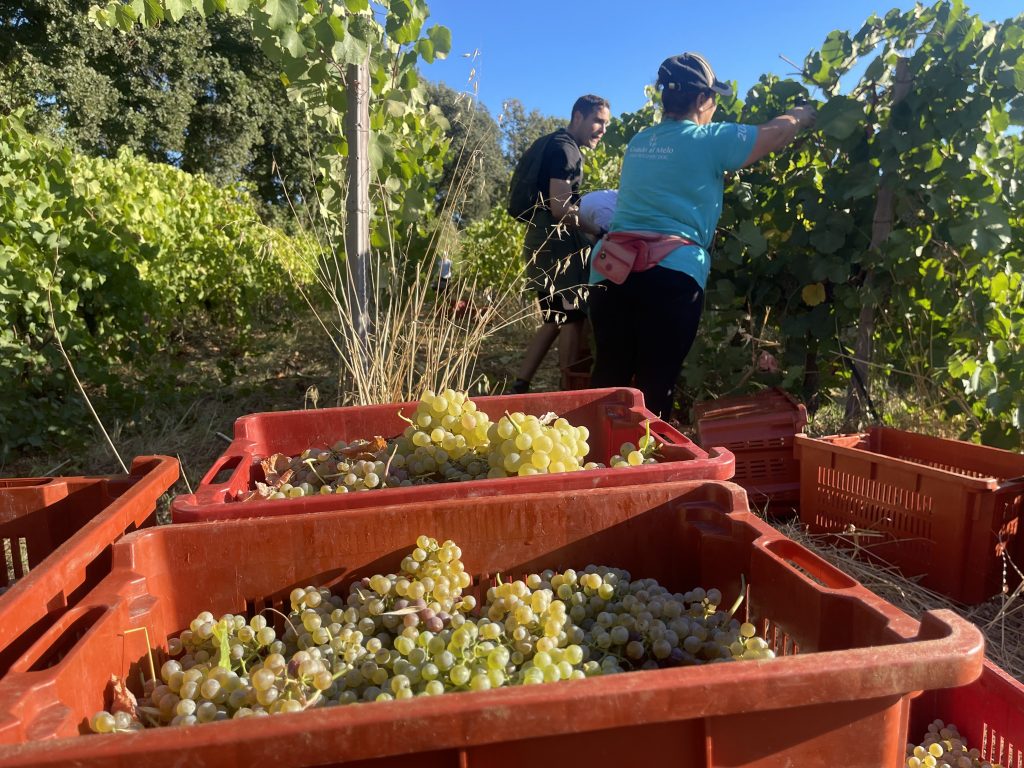
The seasonal trend of 2021 was very regular in our Bolgheri DOC area. The summer was dry and well ventilated but with not excessive temperatures, except for some short periods. The drought continued almost uninterrupted from mid-May until harvest, as is common on our coast. The usual rains in the final part of the summer have not even arrived, which often cool and give some water. However, the rains had been very intense in the winter period and they perfectly supported the vines throughout the production phase, despite the very dry summer.
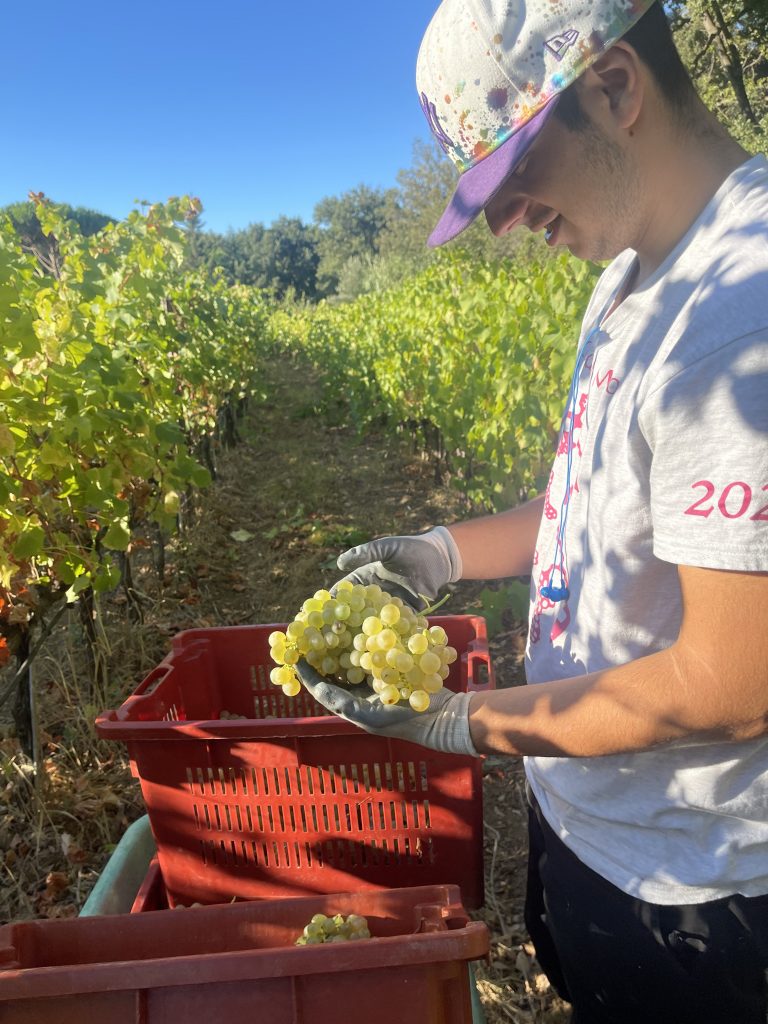
The vine, as we know, does not need a lot of water, but it must have enough to produce a great grape. It is not suffering in the Mediterranean area: this is its homeland and it has evolved perfectly to survive in this climate. In a territory like ours, with perfect pedoclimatic conditions for viticulture, the availability of water is the most important advantage (or limit), able to determine the difference between a great wine and a good wine. This difference depends from the choices made at the origins of the vineyard, first of all in the choice of the most suitable soils, that is, those that are able to guarantee the necessary quantity of water for our Mediterranean summers. Irrigation is not an option; it is not sustainable. Water is and will become an increasingly precious commodity for other primary purposes. If nature offers us soils suitable for viticulture, it is right that it be made there.
When it comes to soils, the emphasis is always on texture (clayey, sandy, etc.), often in a generalist way. However, perhaps the most important element in the Mediterranean area is depth. Only a deep soil allows the vine to fully express its incredible ability to become longer its roots to reach the water table which was filled in the cool seasons and lowered in the warm ones. This ability is also favored by lighter (sandy) soils, which are prevalent in Bolgheri. Those too clayey, here, with the summer drought, become impenetrable to the roots, hard as stone. The difference between vineyard and vineyard is in fact visible for those who know how to look. Wandering around our territory (or other Mediterranean ones) this summer, you could clearly see vineyards in good condition and others in water suffering, with numerous dry leaves and very few stunted clusters. Our alluvial soils are very deep and sandy. They proved once again to be perfect, to the test of the driest summers.
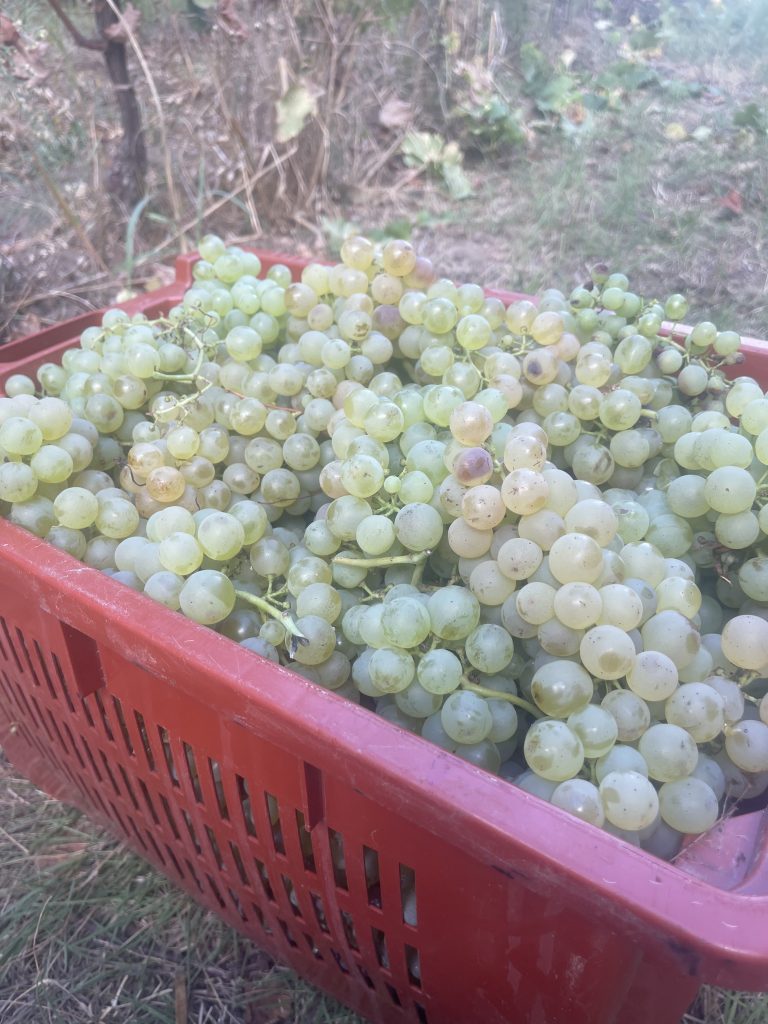
The climatic trend has also disadvantaged all those adversities of the vineyard related to humidity conditions. The most important problems for us remain powdery mildew and moth, which we have managed with great care, thanks the minimal and integrated approach of the sustainable viticulture. The grapes, at the harvested, were in fact very healthy, so the grape selection operations were almost superfluous this year, if not to remove a few rare dried grapes (just to be perfect).
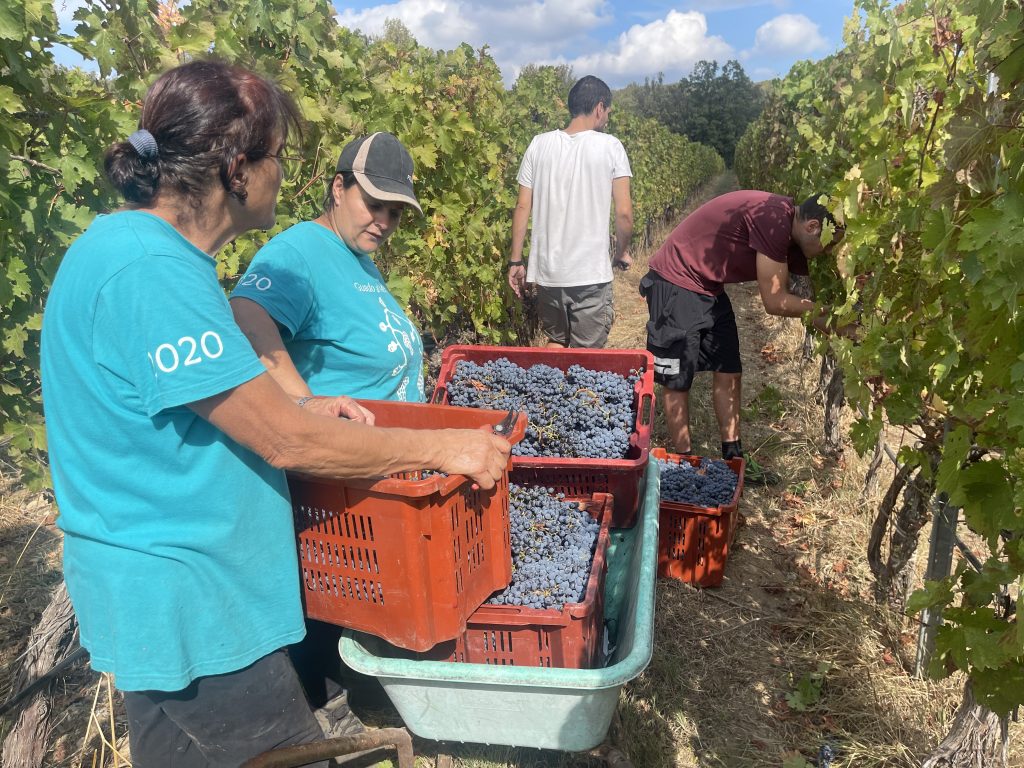
Respecting our low production yields, even the quantity was not a problem, as it happened in the very dry and hot 2017. The problem, I repeat, is not the summer drought here. The big difference between 2017 and 2021 was above all that in 2017 it rained very little in the winter period. This year many areas of Italy have had production drops also due to the spring frost. Here it has not created any problems. There was a cold windy day that hit some little areas, but with very little damage as far as we are concerned. The problem in Bolgheri is not the frosts but the cold winds. The vineyards that do not run too many risks are those protected by natural barriers, such as hills or woods or rows of trees, toward north (Tramontana wind) and north-east (Grecale wind) directions.
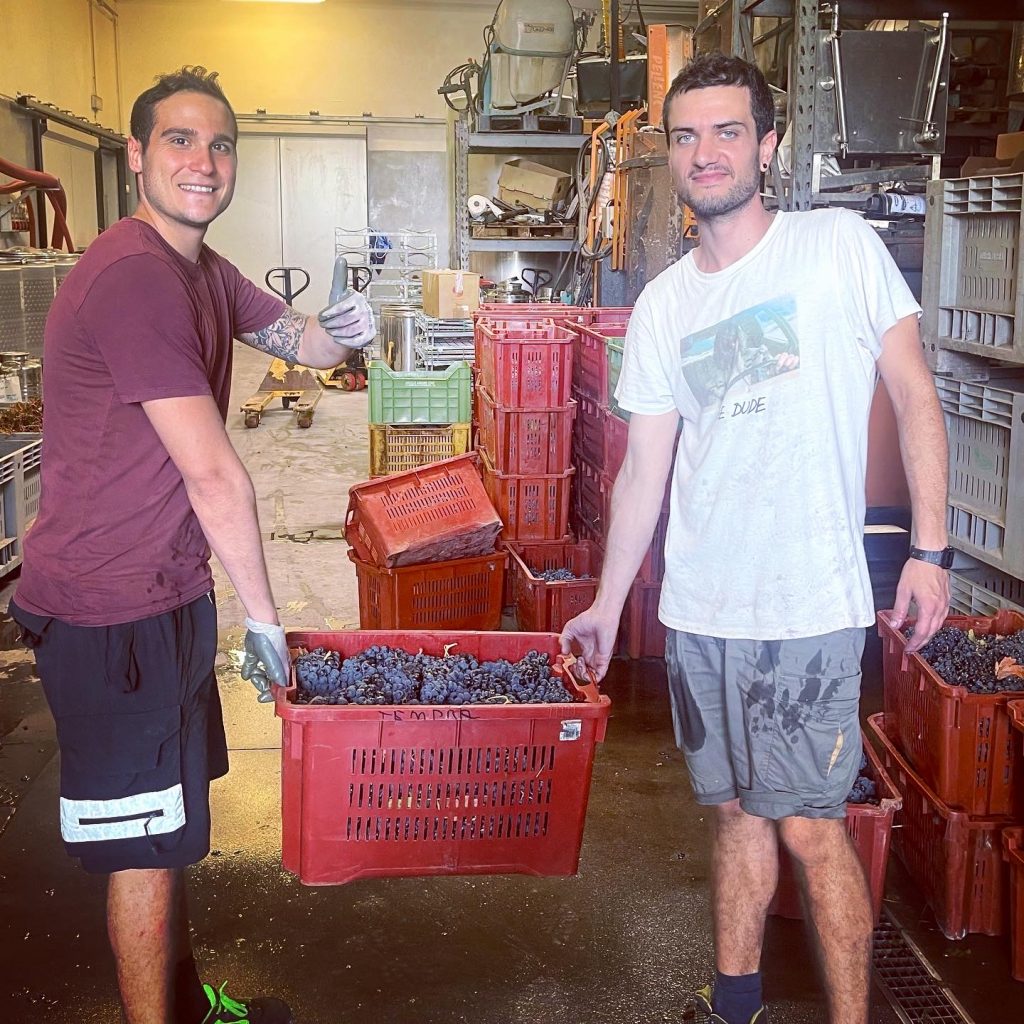
This optimal climatic trend was reflected in a very slow and regular ripening of the grapes. The veraison itself was a bit delayed and then we harvest a little later than usual. As a rule, however, we are always among the last to start the harvest in Bolgheri, partly because we are in one of the coolest micro-climatic conditions, with the maximum temperature day-night range of the territory, and partly because we do not have some of the very early varieties that some of our colleagues have. We started with Vermentino for the wine L’Airone, in the Badia vineyards, on 17 September (in average years, we start around 10 September). The Campo Bianco vineyard (where Criseo is born), which is near the winery in a small valley between the hills and therefore with a cooler micro-climate, was harvested on 21 September. The harvest of the red grapes, on the other hand, was quite closed between each other compared to the past. The first reds, Syrah and Merlot, were harvested on 22 September and, in just over ten days, all the others were ready. We continued almost without pauses, with very intense work. We proceeded with Sangiovese, the various batches of the Campo Giardino vineyard (from which Jassarte is born), Petit Verdot, Rebo, … and all the others. We concluded with the usual Cabernet Sauvignon on Friday 1st October. The harvest guys really did their best this year, with great dedication and determination, working with us tirelessly in the vineyard and in the cellar.
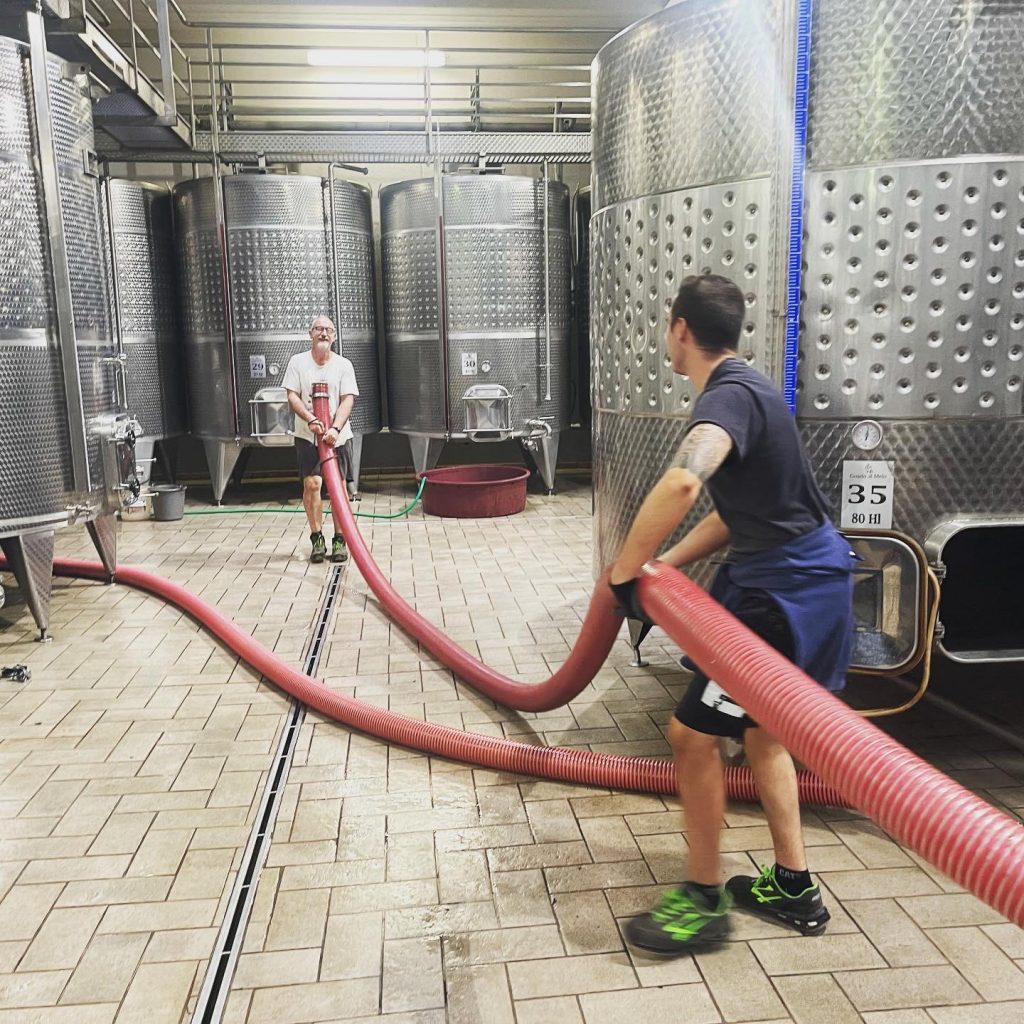
For Michele and me it was yet another fantastic experience of tasting the samples of the grapes, then the fermenting juices, following the transformations and making the difficult decisions from time to time. In the cellar, we checked the great quality of these splendid grapes, with extraordinary balances, impressive colors and great aromas. For example, we were thrilled by the tank of the Campo Bianco vineyard, the future Criseo, with a natural deep golden color and a penetrating apricot scent. Those of Vermentino for the L’Airone wine are instead straw yellow, with citrus aromas. The different batches of Jassarte have scent of incense, pepper and red fruit. Cabernet sauvignon is presenting, in these initial stages of fermentation, an intense and very pleasant aroma of green tea, considered by experts a symptom of great quality for this grape variety … During the vinification and refinement, the primary aromas will then be enriched and evolved by other fragrances.
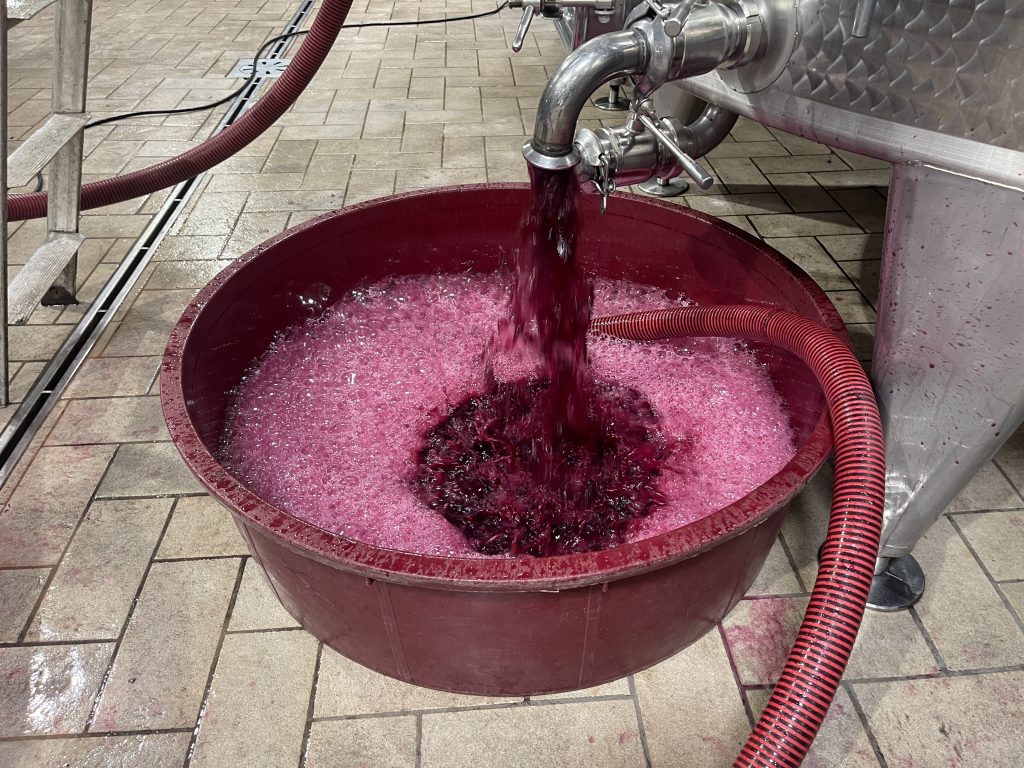
In artisanal wine producing, the balance of the wine is created in the vineyard, with a great deal of care for each plant, in different ways depending on the micro-climatic conditions, soil characteristics, variety, destination (young or aging wine …) and vintage. In this way, each plant is in balance with its territory and produces a balanced grape, selected to be perfectly healthy, as well as harvested at the ideal moment of ripeness. Only with these premises it is possible to make a real terroir-expressive wine, with artisanal practices that accompany the transformation with care and respect, without making mistakes, but without corrections or other manipulations.
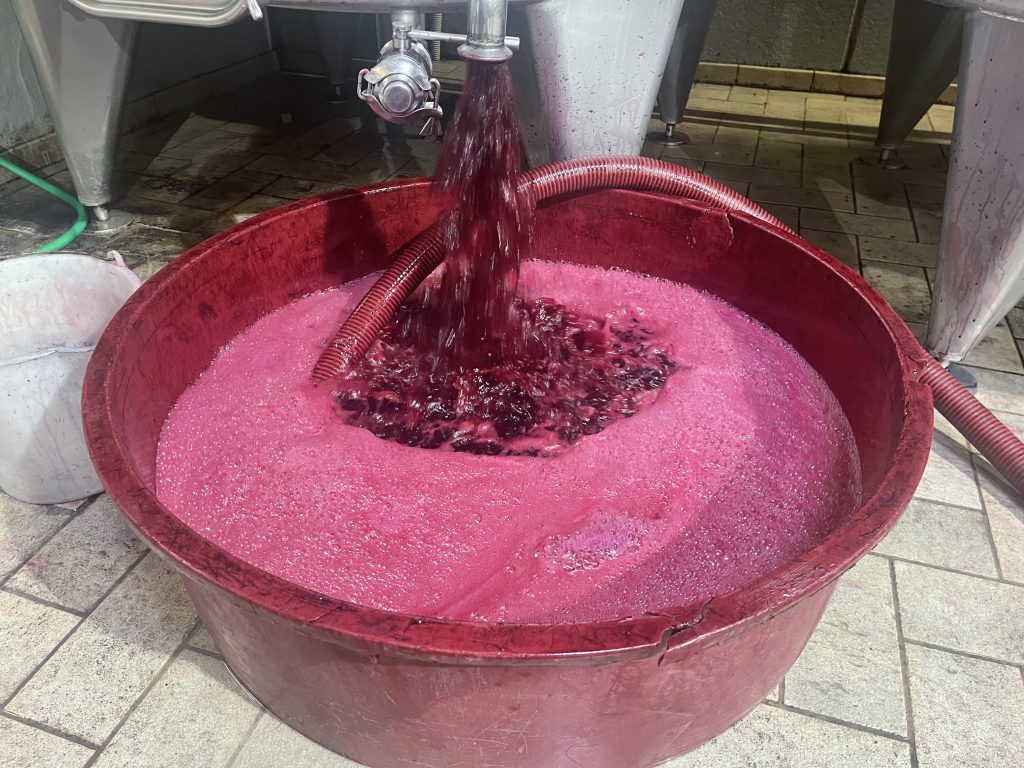
We are now in the vinification phase. Only some tanks have already finished fermentation and have been racked. Each of our small fermentation tanks hosts a homogeneous micro-particle of the vineyard, in some cases for a single variety (for our Bolgheri red wines, which are blends), sometimes with more varieties, to obtain the synergies that arise from the traditional practice of co-fermentation (as for Criseo and Jassarte). Fermentation and maceration are followed step by step, so that they continue on a regular basis, deciding how and when to do simple or aerating pumping over, to give some oxygen to the yeasts.
Tasting is always essential to decide the moment of racking, as well as for all the previous phases. Our senses (taste and smell) are irreplaceable in perceiving the nuances and above all the complex balances on which a great wine is based. The analyses, on the other hand, give us valuable information for each individual parameter. Returning to the racking, the tasting is essential to understand if the tannic extraction is optimal for that wine batch, considering the differences of origin and varieties, as well as the final destination (for a younger or more aged wine). In artisanal production there are never pre-established protocols: the most appropriate choices are decided every year and for each batch, with expertise. A great madness in the work, but it guarantees definitely superior quality and personality in the wines.
(As usual, I m not in the photos because I am the only one that stops her work to make some pictures. Snif!).